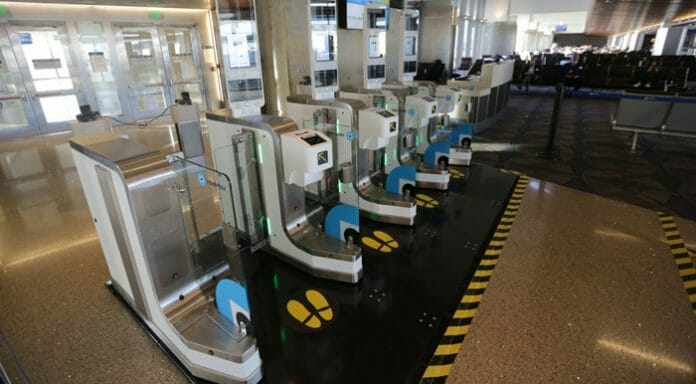
TravelingForMiles.com may receive commission from card issuers. Some or all of the card offers that appear on TravelingForMiles.com are from advertisers and may impact how and where card products appear on the site. TravelingForMiles.com does not include all card companies or all available card offers.
Other links to products and travel providers on this website will earn Traveling For Miles a commission that helps contribute to the running of the site. Opinions, reviews, analyses & recommendations are the author’s alone and have not been reviewed, endorsed, or approved by any of these entities. Terms apply to all credit card welcome offers, earning rates and benefits and some credit card benefits will require enrollment. For more details please see the disclosures found at the bottom of every page.
British Airways has been using biometric gates at its London Heathrow base for quite some time (I’ve yet to be given the chance to use one but they’re definitely there) and, since November last year, BA has had three biometric gates at Los Angeles International airport where it has been trialling the technology.
Well, the trials must have gone pretty well at LAX because British Airways has extended the biometric trial to its facilities in New York (JFK), Miami and Orlando.
What Are Biometric Gates?
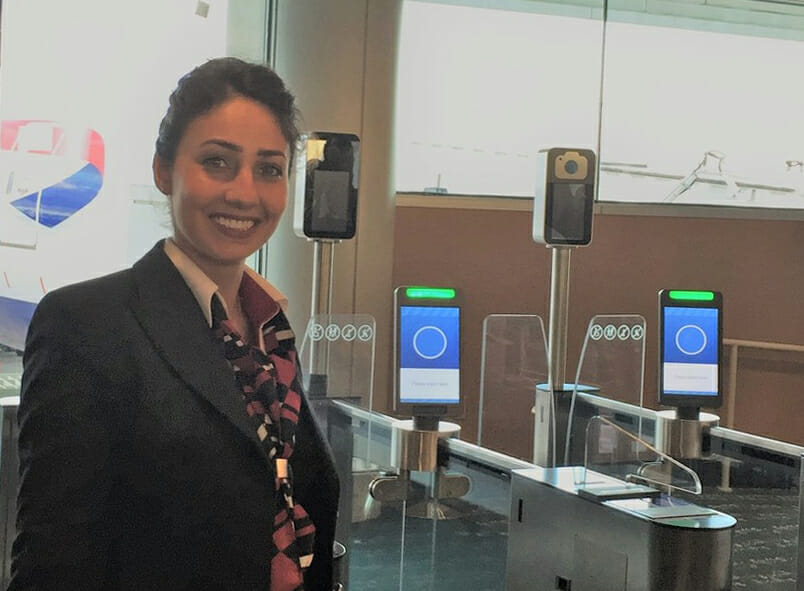 Image – British Airways
Image – British Airways
Biometric gates are the latest attempt by airline to board aircraft as quickly as possible (the less time an aircraft is on the ground the less money it costs the airline) and they rely on facial recognition software.
When passengers enter the US they have their passport scanned, have their fingerprints scanned and have their picture taken when they pass through immigration and those things are key to the biometric gates.
The information from these scans (together with all the other information the authorities already hold on passengers) are used by the facial recognition software built into the biometric gates to “recognize” a passenger when he/she steps up to the gate.
Based on the information on file, and after having scanned the passenger’s face, the biometric gate will then either open the gate to let the passenger board the plane or will attract the attention of the gate staff to alert them to a possible issue.
The whole system works in a very similar way to how facial recognition software works on smartphones…except that the data it’s hooked up to is considerably more impressive.
Ultimately the whole point of these gates is to allow passengers to board an aircraft without the need for a gate agents to check each and every passenger’s passport and boarding pass.
Unlike the eGates that you may have see/used at airports such as London Heathrow, these biometric gates do not require a passenger to present any documents whatsoever – you just look into the camera and wait to be allowed through (hopefully!)
So What Is British Airways Doing?
Here’s what BA has had to say about its expanded trials:
Two biometric gates have been installed on one stand at Orlando International Airport and during the trial, British Airways customers flying on the daily BA2036 flight to Gatwick are able to use the new technology. Customer service agents will still be on hand to help travellers during boarding should they require it.
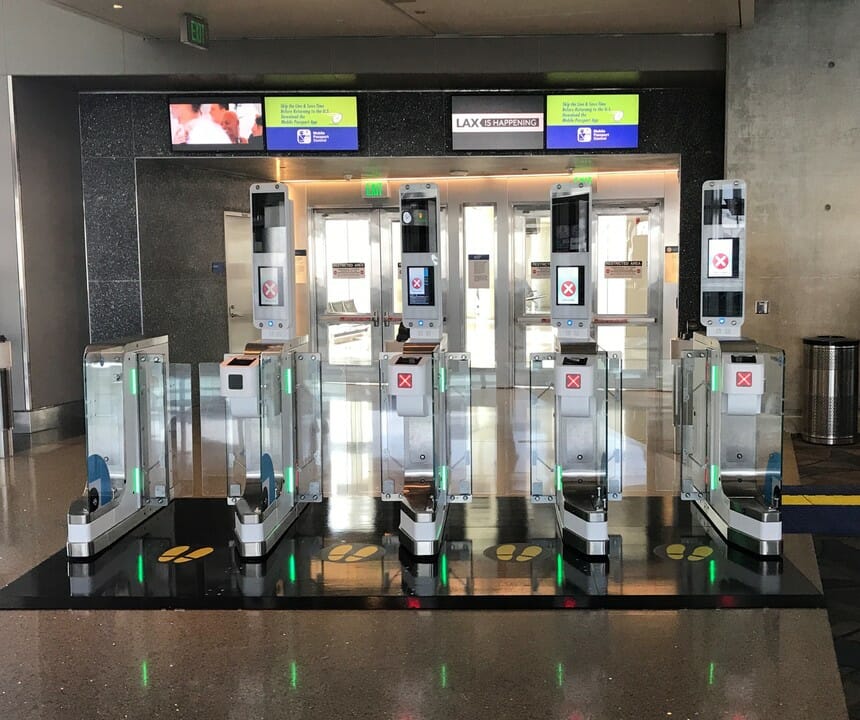 Image – British Airways
Image – British Airways
The biometric gates are not only being used for departing passengers – they’re being used on incoming flights too.
Per British Airways:
[C]ustomers on select British Airways flights from Heathrow to Miami and New York, JFK are benefitting from a similar biometric trial, but this time when they arrive in the US, which is making the arrivals process faster and easier.
The system uses facial recognition technology to verify a customer’s identity and this automatically links the customer to any records already held in the CBP systems. This simple process means that there is no need for travel documents to be swiped or customers to go through fingerprinting. The aim is to vastly reduce the time customers spend in arrivals queues.
The gates must be working pretty well because BA is claiming that it can now board a flight “of almost 240 customers” is approximately 10 minutes.
Bottom Line
I’m all in favor of anything that speeds up the boarding process and if that means airlines using the information the authorities hold on me I’m fine with that – I may as well get some benefit out of all the information I’ve handed over down the years!
I’m slightly skeptical about the claim that BA can board 240 people in approximately 10 minutes as it’s not just the gate process that takes all the time.
The inability of a large percentage of passengers to find their clearly numbered seats and/or to get out of the way of other passengers as they settle into their seats are also major time-wasters. No amount of electronic and biometric wizardry is going to make incompetent/thoughtless people better at boarding a plane.
Still, this is all progress and, although I didn’t get to use the gates when I flew out of LA back in December (the BA gate agents very kindly pre-boarded me), I’ll be on the lookout for these gates when I’m flying out of LA again in a few weeks and, hopefully, I’ll get to see what they’re like in action.




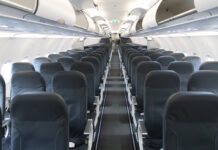
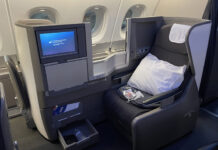



![Save on select Hyatt resort bookings with this targeted Amex offer [extended] a room with two beds and a ceiling fan](https://travelingformiles.com/wp-content/uploads/2019/06/hyatt-ziva-los-cabos-1-356x220.jpg)



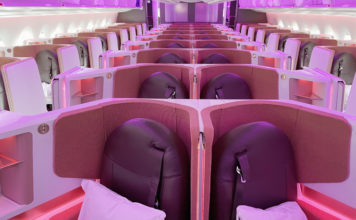



[…] two weeks ago British Airways announced that its biometric gate trials have gone so well in Los Angeles that it has rolled them out to Orlando and New York as well…and now Lufthansa is joining in […]